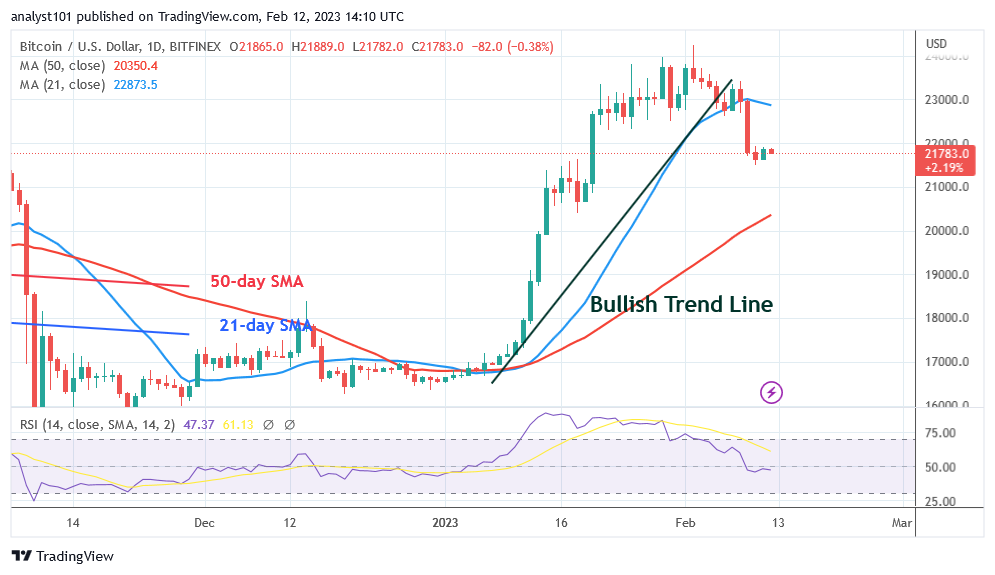Is our brain capable of a higher transcendence that allows it to experience deep peace, joy and fulfilment? Our sages and seers have said emphatically that it has, and Hindu philosophy — especially the Advaita school — believes that we are in fact essentially joy, and sorrow and anxiety are only because we forget who we are, and become victims of the beguiling seduction of Maya, the magical illusion of the permanent reality of this world.

In my book, Adi Shankaracharya: Hinduism’s Greatest Thinker, I write about new scientific experiments being carried out. Andrew Newberg, MD, is the director of research at the Myrna Brind Centre of Integrative Medicine and Professor of Emergency Medicine and Radiology at Thomas Jefferson University in Philadelphia. The late Eugene d’Aquili, MD, PhD was a clinical assistant professor at the Department of Psychiatry at the University of Pennsylvania. Together with journalist Vince Rause, they wrote a path-breaking book in 2001 called Why God Won’t Go Away: Brain Science and the Biology of Belief. In this book, they show that if the ceaseless activity of the brain is “blocked” by deep meditation, or in moments of deep surrender, or when the ego is stilled, there is another “Self” that transcends the normal flux of our brain activity.
One of their ways to establish this is to map the brains of those who practice deep meditation. They write of one such person, Robert, who is about to begin his practiced meditation in a neurology lab in a university hospital. The moment Robert signals — by a gentle tug to a string being monitored in the examination room — that he is on the verge of entering his meditative climax, the doctors get to work.
They inject a radioactive material into Robert’s left arm, and the moment his meditation is over, subject his brain to a SPECT (Single Photon Emission Computed Tomography) camera in the hospital’s Nuclear Medicine Department. The scan shows that when Robert was in the deepest state of meditation, a significant part of his brain — which the doctors call the “orientation associated area” — was bathed in “cool greens and blues”.
In neurological terms, these colours indicate a substantial reduction in the brain’s ceaseless activity. What excited the scientists was that since the orientation area is always in flux, why did meditation alter this, and what conclusions can be drawn from this fact? At the end of many years of scientific research, the scientists came to the conclusion that there is “evidence of a scientific process that has evolved to allow us humans to transcend material existence, and acknowledge and connect with deeper, more spiritual part of ourselves perceived of as an absolute, universal reality that connects us to all there is”. In this transcendent state, which they called Absolute Unitary Being (AUB), the brain interprets reality as a formless unified whole, with no limits, no substance, no beginning, and no end. All the assembled constructs of the conscious mind come undone, and dissolve into this pure awareness. (Emphasis mine).
Such a conclusion is remarkably the same as that of Chidanand, Bliss and Awareness, which is described so eloquently in Vedantic philosophy as the inferential experience when the Atman within us merges with the pulsating, all-pervasive consciousness, Brahman. What struck me was that those who have experienced Near Death Experiences (NDEs), speak of exactly the same sense of joy and bliss. Anita Moorjani in her best-selling book, Dying to be Me, speaks of her near death due to advanced cancer, and her recollection of that experience. She writes that as she went into a deep coma, akin to death because all her organs had failed, and the doctors had given her but a few hours to live, she felt, ‘free, liberated and magnificent. Every pain, ache, sadness and sorrow was gone’.
She writes: ‘As my emotions were being drawn away from my surroundings, I started to notice how I was continuing to expand to fill every space, until there was no separation between me and everything else. I encompassed—no became—everything and everyone… Love, joy ecstasy, and awe poured into me, through me, and engulfed me… And then I was overwhelmed by the realization that God isn’t a being, but a state of being…and I was now that state of being… Nothing interfered with the flow, glory and amazing beauty of what was taking place… I became aware that we’re all connected… I realized that the entire universe is alive and infused with consciousness…’.
It is interesting that after her near-death experience, Anita Moorjani’s condition improved substantially. She was soon released from hospital, and miraculously without a trace of cancer.
So, dear readers, is there not a reason why we should try, while still alive, to experience the bliss and awareness, that our mind is capable of? And, is there a reason to be afraid of death, if it is just the end of a journey, and reverts us to the joy and fulfilment which is the essence of who we actually are?
Pavan K Varma is author, diplomat, and former Member of Parliament (Rajya Sabha).
Just Like That is a weekly column where Varma shares nuggets from the world of history, culture, literature, and personal reminiscences with HT Premium readers
The views expressed are personal















